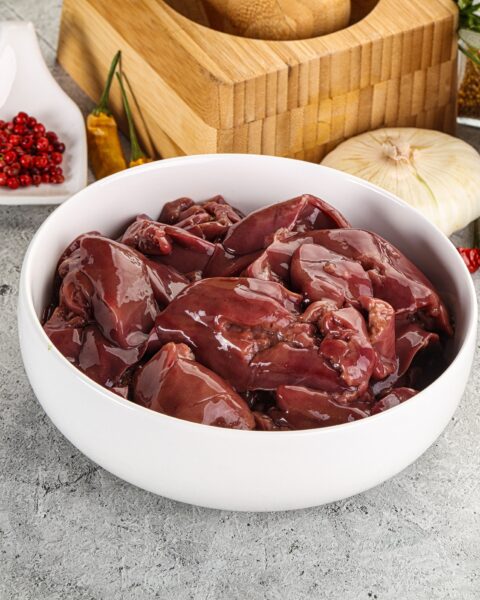Starting a new year often comes with fresh goals, and learning to cook might just be one of yours. Stepping into the kitchen can feel a bit overwhelming at first, but it doesn’t have to be. With a few handy tips and some practice, you’ll find your rhythm and start whipping up meals that make you proud. Whether you’re tackling your first recipe or brushing up on basics, these cooking tips are here to make things simpler and more enjoyable.
Contents
- 1 Master Basic Knife Skills
- 2 Read Recipes Thoroughly Before Starting
- 3 Organize Your Workspace (Mise en Place)
- 4 Invest in Quality Kitchen Tools
- 5 Practice Proper Food Safety
- 6 Start with Simple Recipes
- 7 Taste as You Cook
- 8 Learn to Balance Flavors
- 9 Understand Cooking Terms
- 10 Clean as You Go
- 11 Use Fresh Ingredients
- 12 Control Heat Levels
- 13 Season Gradually
- 14 Experiment with Herbs and Spices
- 15 Cook in Batches
- 16 More From RetailShout
- 17 25 Affordable Stocking Stuffer Ideas You’ll Find at Walmart
- 18 15 The Hidden Meanings Behind Traditional Holiday Foods
Master Basic Knife Skills
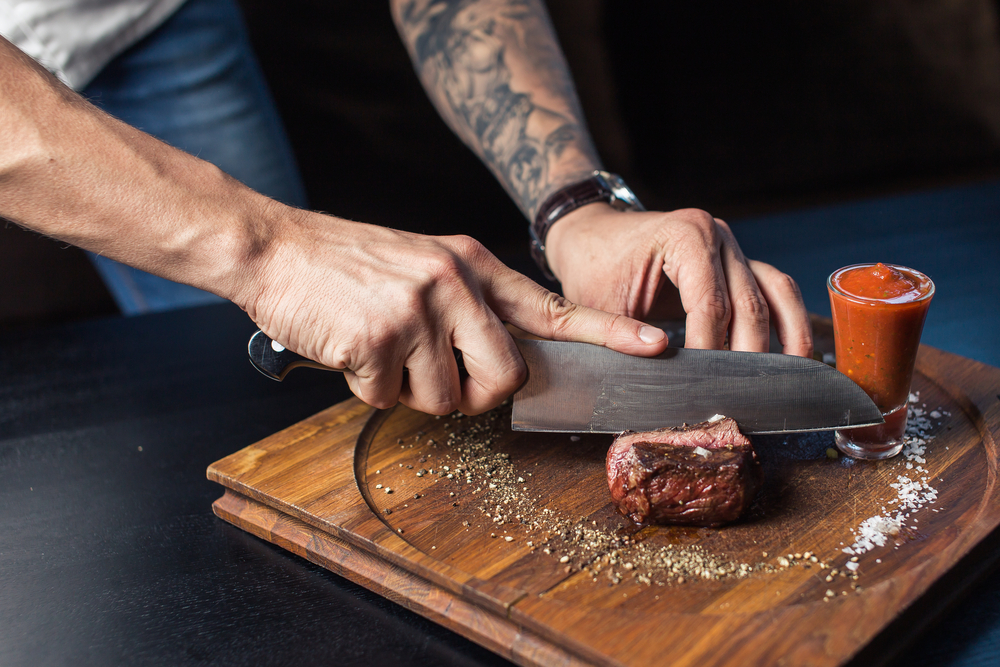
Knowing how to handle a knife properly is one of the most fundamental cooking skills. It allows you to chop, dice, and slice ingredients quickly and safely. Practicing techniques like holding the knife correctly and learning different cutting methods improves efficiency in the kitchen. Sharp knives are safer because they require less force, reducing the risk of accidents. With consistent practice, knife skills will become second nature and elevate your cooking experience.
Read Recipes Thoroughly Before Starting
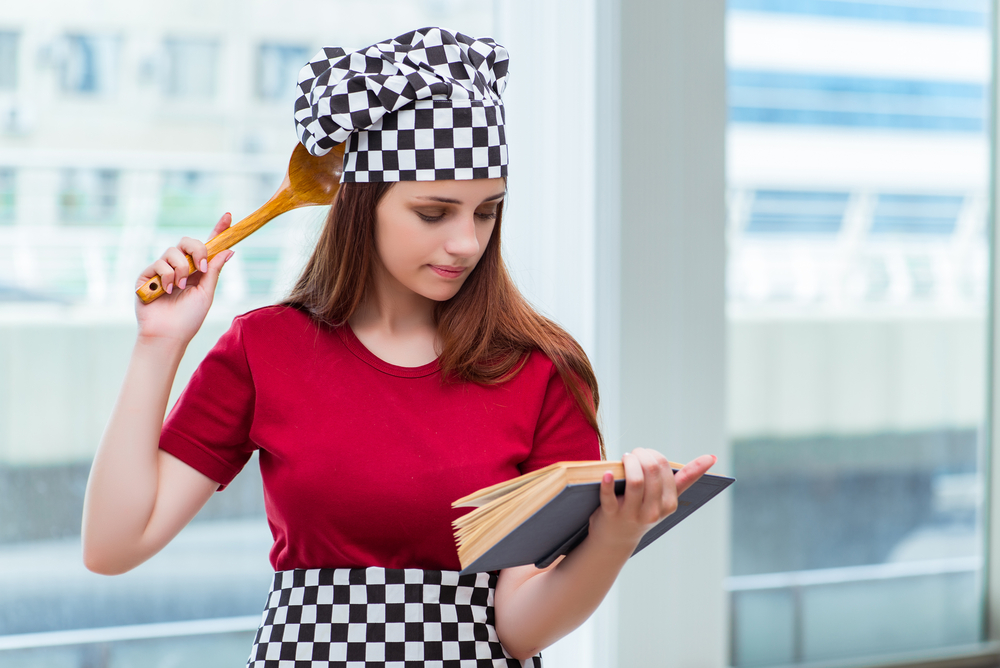
Before you begin cooking, read the recipe from start to finish to avoid surprises. Understanding the steps and ingredients ensures you’re prepared for every phase of the process. This habit also helps you gather the necessary tools and measure ingredients in advance. Skimming through instructions may lead to mistakes or missed steps. Taking the time to understand the recipe ensures a smooth and enjoyable cooking session.
Organize Your Workspace (Mise en Place)
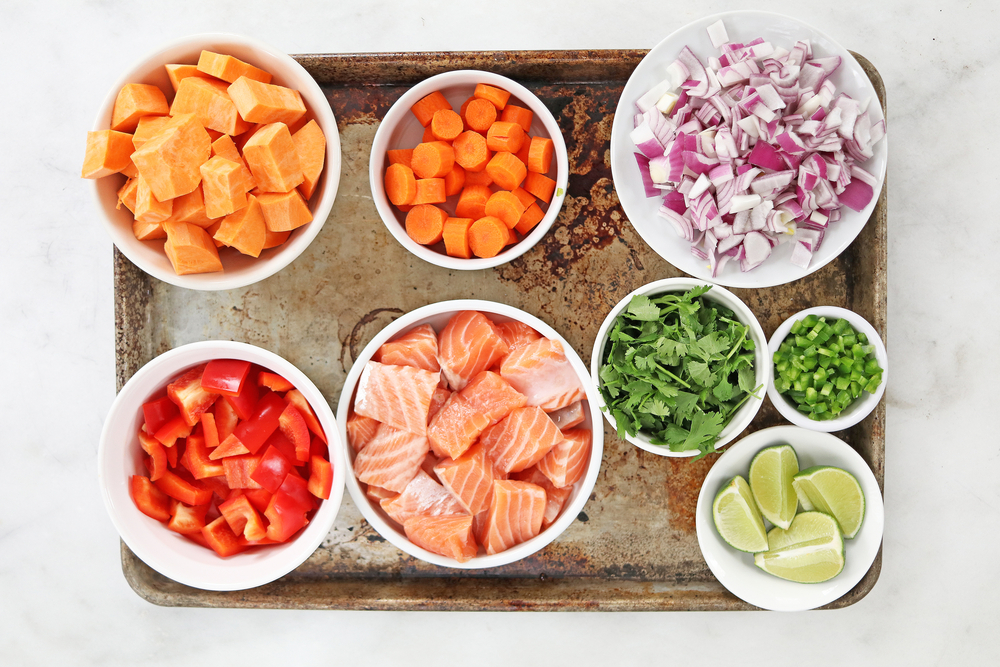
‘Mise en place,’ meaning ‘everything in its place,’ is a method of organizing and preparing all your ingredients before cooking. This practice keeps your workspace tidy and prevents chaos during meal prep. Measuring, chopping, and setting out everything you need beforehand streamlines the process. It helps you focus on cooking without scrambling for ingredients mid-recipe. A well-organized workspace ensures a more enjoyable and efficient cooking experience.
Invest in Quality Kitchen Tools
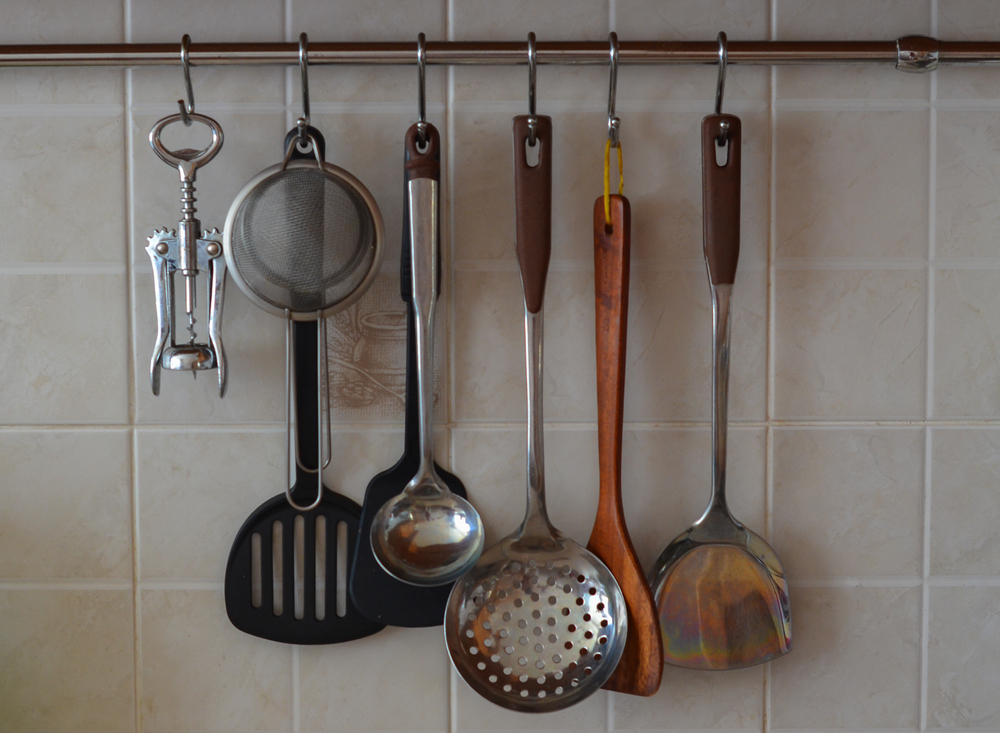
Using reliable kitchen tools can make a significant difference in the cooking process. Essentials like a sharp chef’s knife, sturdy cutting board, and accurate measuring cups lay a strong foundation. Quality tools not only last longer but also improve precision and safety in the kitchen. While it’s tempting to buy trendy gadgets, start with the basics that you’ll use most often. Over time, you can expand your collection as your skills and needs grow.
Practice Proper Food Safety
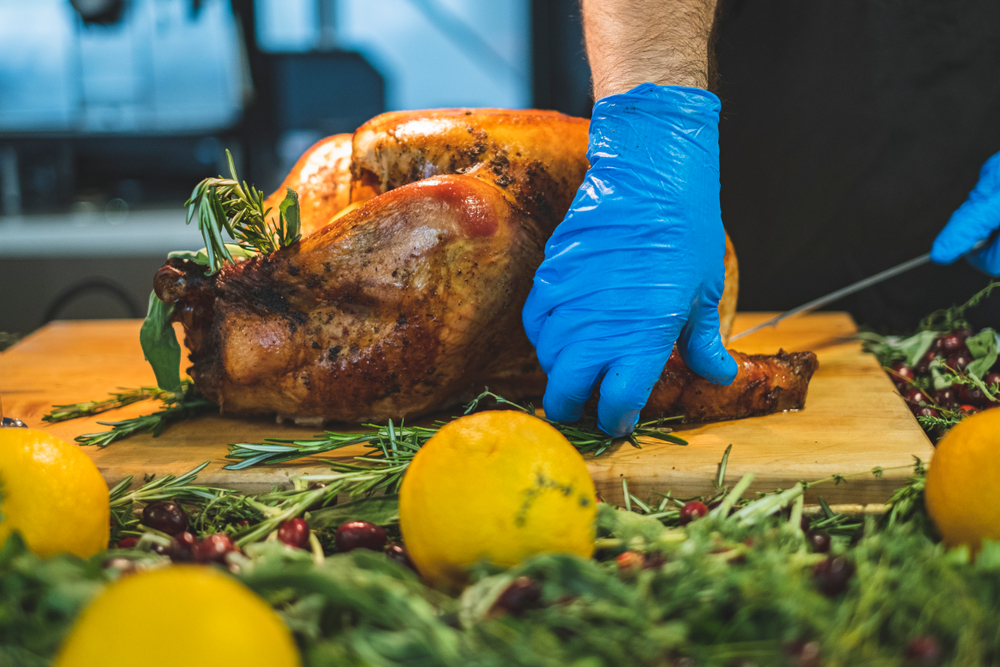
Maintaining good food safety practices is essential to protect yourself and others from illness. Always wash your hands, utensils, and surfaces after handling raw foods. Store perishable ingredients at the correct temperature and follow expiration dates. Avoid cross-contamination by using separate cutting boards for raw meats and produce. Cooking food to the right internal temperature ensures it’s safe to eat and enhances its flavor.
Start with Simple Recipes
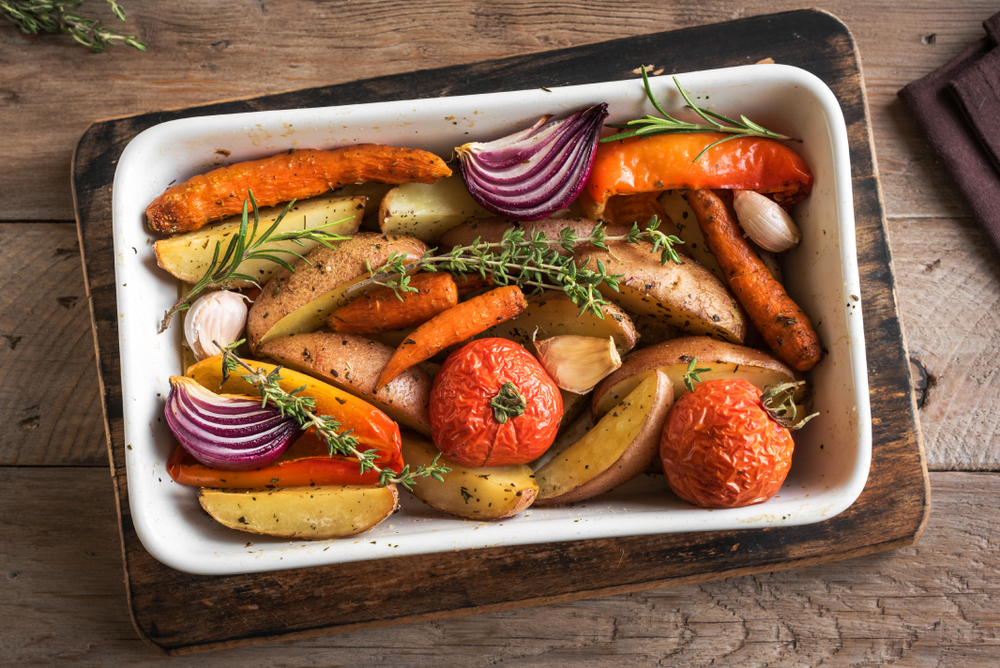
Choosing beginner-friendly recipes is a great way to build confidence in the kitchen. Start with straightforward dishes like roasted vegetables, pasta, or scrambled eggs. These recipes require fewer ingredients and steps, making them less intimidating. Success with simple meals encourages you to try more complex recipes over time. As your skills improve, you’ll feel more comfortable experimenting with flavors and techniques.
Taste as You Cook
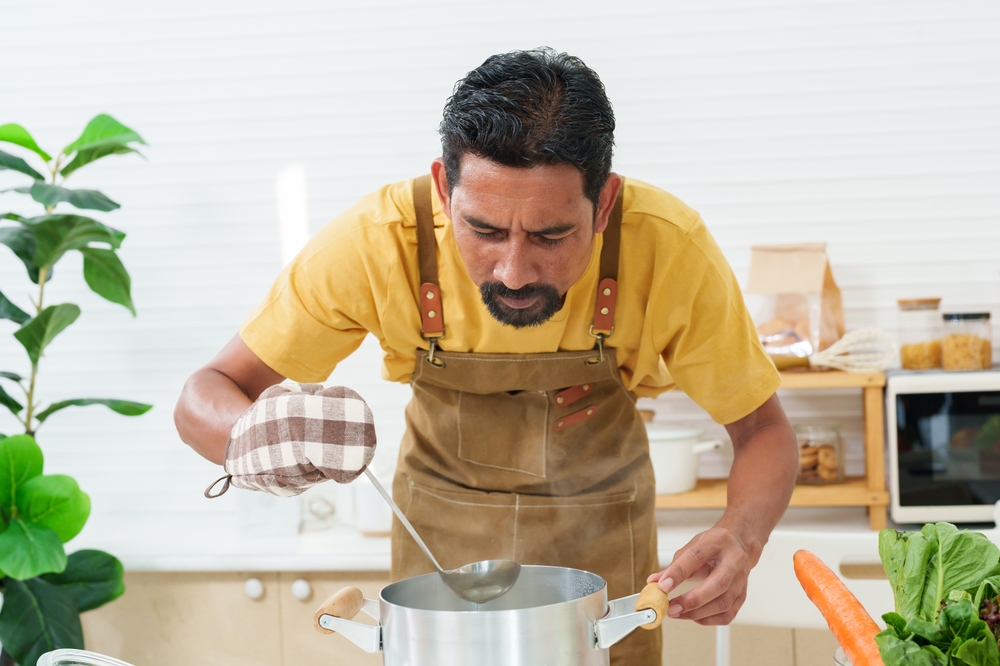
Tasting your food throughout the cooking process allows you to adjust flavors as needed. This habit ensures the final dish has the right balance of seasonings. For example, you can add more salt, acidity, or spices if something feels off. It also helps you avoid over-seasoning by letting you make small adjustments. Regularly tasting your food develops your palate and improves your overall cooking instincts.
Learn to Balance Flavors
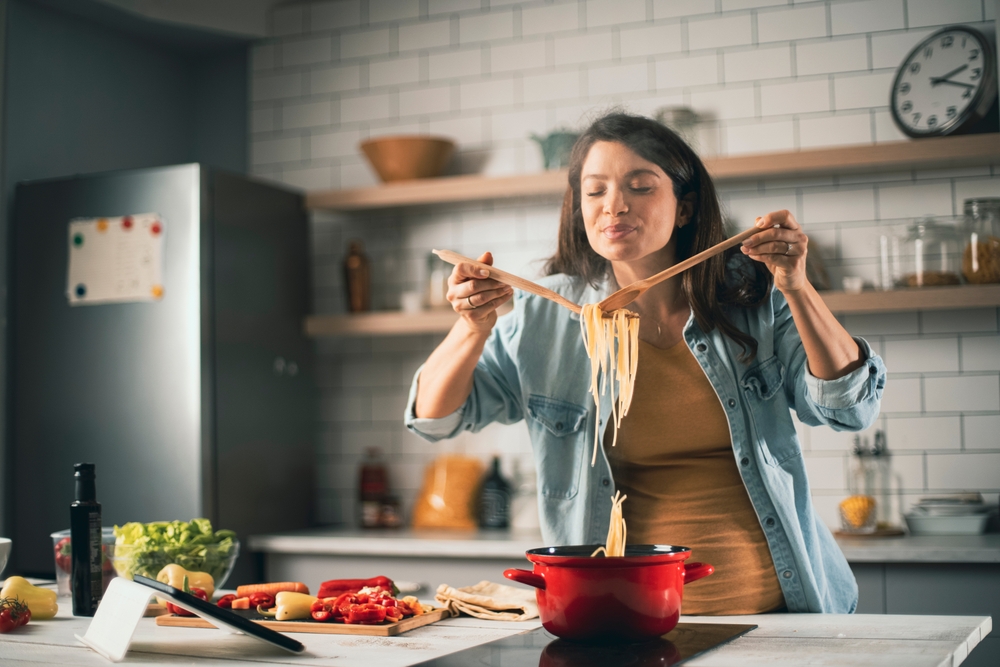
Understanding how to balance flavors is key to creating delicious dishes. Sweet, salty, sour, and bitter elements all play a role in enhancing taste. Adding a splash of vinegar or lemon juice can brighten a dish, while a pinch of sugar can mellow bitterness. Experimenting with different combinations helps you create well-rounded meals. Paying attention to these elements improves your ability to elevate any recipe.
Understand Cooking Terms

Familiarizing yourself with common cooking terms like sauté, simmer, and blanch makes following recipes easier. Knowing what these terms mean ensures you execute each step correctly. It also boosts your confidence when tackling unfamiliar recipes. Learning the language of cooking helps you adapt instructions to your own pace and style. Over time, these terms become second nature, simplifying the process.
Clean as You Go

Cleaning up as you cook keeps your workspace tidy and manageable. Washing utensils and clearing countertops during downtime prevents a pile-up of dirty dishes. A clean environment makes it easier to focus and reduces stress while preparing meals. This habit also saves time after cooking, allowing you to enjoy your meal without worrying about cleanup. Keeping things orderly improves the overall cooking experience.
Use Fresh Ingredients
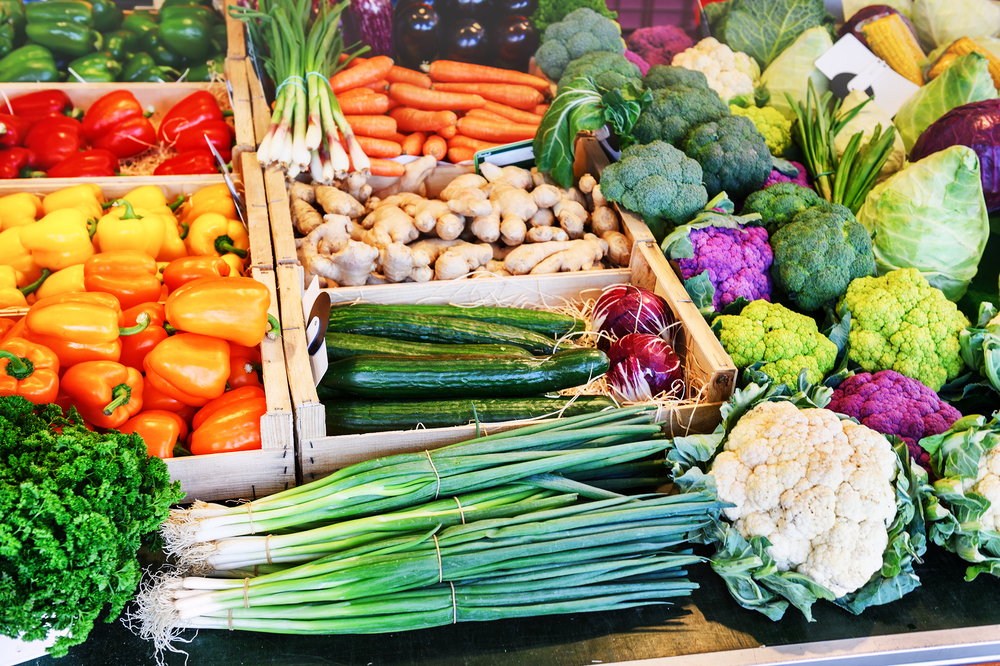
Cooking with fresh, high-quality ingredients enhances the flavor and texture of your dishes. Seasonal produce, fresh herbs, and quality proteins make a noticeable difference in taste. Fresh ingredients also provide better nutritional value, making your meals healthier. Shopping for what’s in season often results in better prices and availability. Incorporating fresh elements elevates your cooking to a new level.
Control Heat Levels
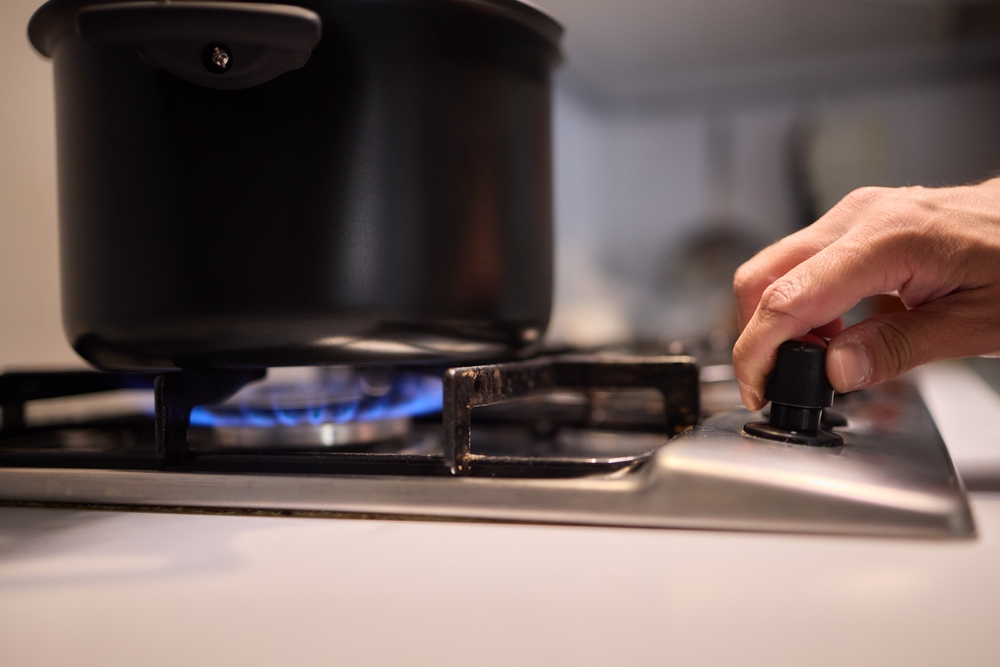
Learning how to manage heat properly is essential for cooking foods evenly. Too much heat can burn your dish, while too little may leave it undercooked. Adjusting the flame or temperature as needed ensures your ingredients cook at the right pace. Observing how food reacts to heat, like browning or bubbling, can guide your adjustments. Mastering this skill helps you achieve the best possible results in your cooking.
Season Gradually
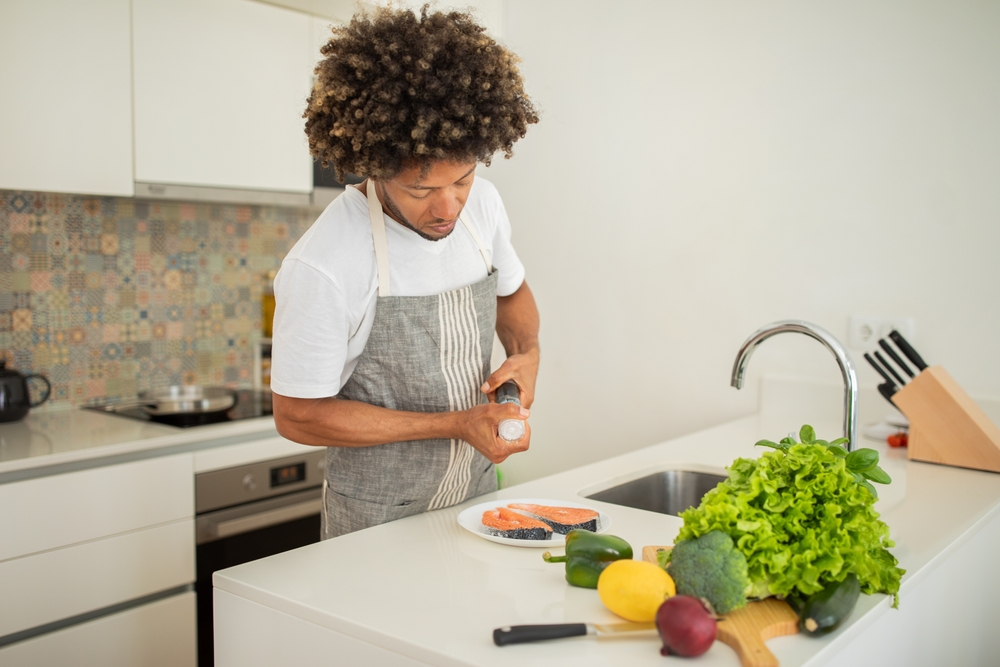
Adding seasonings in small amounts throughout the cooking process creates layers of flavor. This approach prevents over-seasoning and allows you to taste and adjust as you go. Salt and spices should enhance the dish without overpowering it. Layering flavors adds depth and complexity, making your meals more enjoyable. Seasoning gradually ensures a perfectly balanced final product.
Experiment with Herbs and Spices
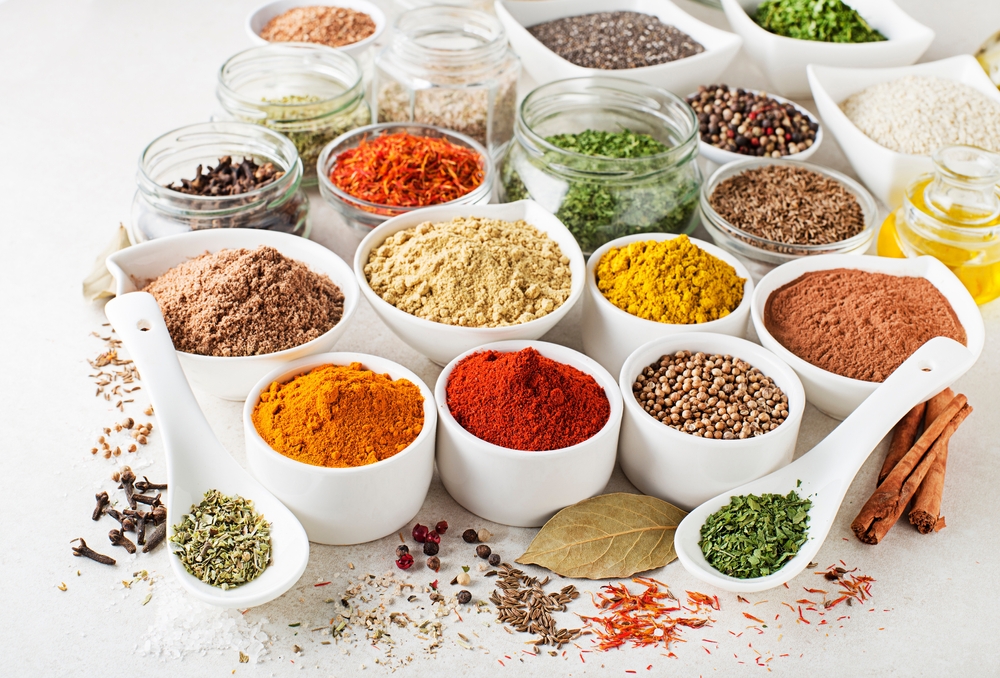
Using different herbs and spices can transform a simple dish into something extraordinary. Fresh herbs like basil, parsley, or cilantro can brighten flavors, while spices like cinnamon or cumin add warmth. Start by adding small amounts to avoid overwhelming the dish. Experimenting helps you discover your preferences and build confidence in flavoring your meals. A well-stocked spice rack can inspire endless culinary creativity.
Cook in Batches
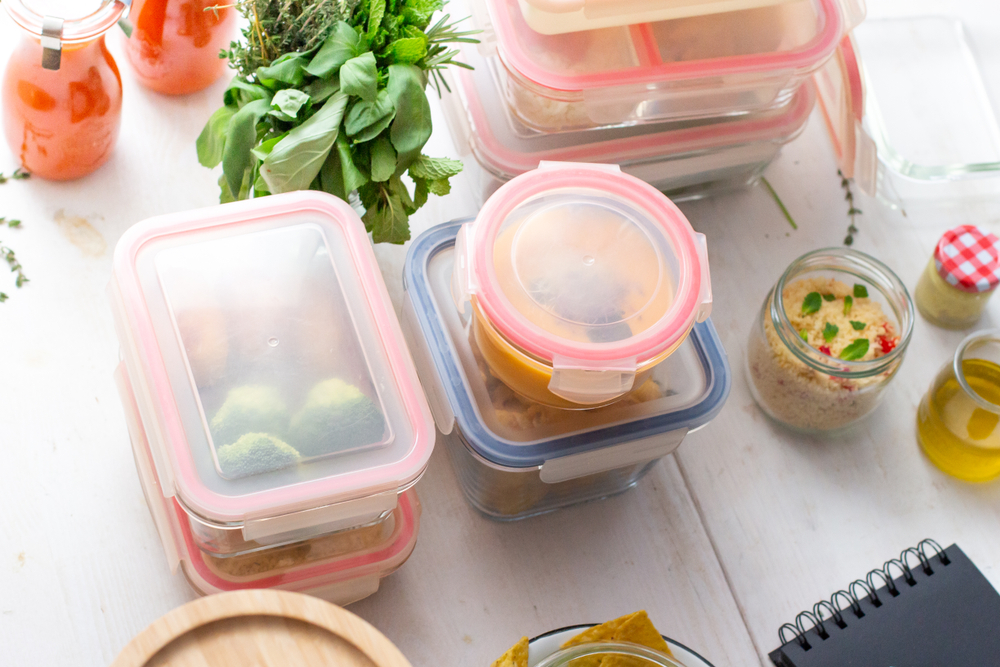
Batch cooking saves time and effort, especially on busy days. Preparing large portions of soups, casseroles, or grains allows you to freeze extras for later. This approach reduces food waste by using up ingredients before they spoil. Having ready-to-eat meals on hand makes weeknight dinners quick and stress-free. Batch cooking is a practical way to stay organized and enjoy homemade food more often.
This article originally appeared on RetailShout.
More From RetailShout
12 Walmart’s Best Christmas Tree Deals for a Festive Holiday

The holiday season is here, and it’s time to deck the halls with the perfect Christmas tree! Whether you love a classic green look, a trendy white tree, or even a bold pink statement piece, Walmart has some incredible deals to make your holiday sparkle without breaking the bank. Read More.
25 Affordable Stocking Stuffer Ideas You’ll Find at Walmart

Stocking stuffers don’t have to break the bank to be thoughtful and fun. Walmart’s shelves are full of affordable treasures that bring big smiles without emptying your wallet. Read More.
15 The Hidden Meanings Behind Traditional Holiday Foods
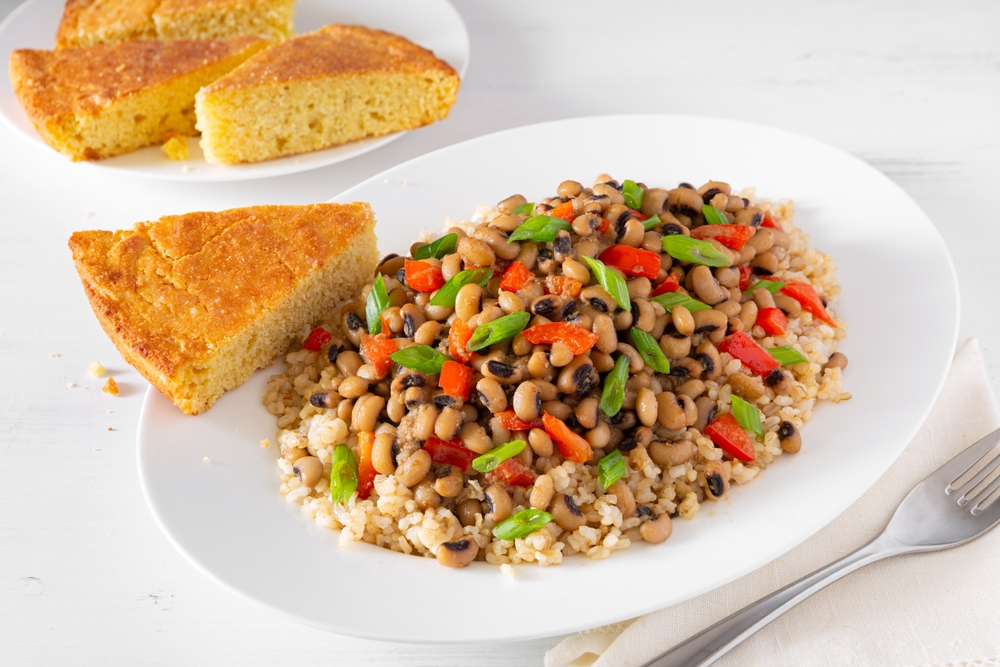
Holiday foods are more than just delicious dishes on the table; they carry deep meanings and tell stories that go back generations. Different cultures have their unique way of blending food with tradition, creating dishes that symbolize everything from prosperity to family unity. Read More.





